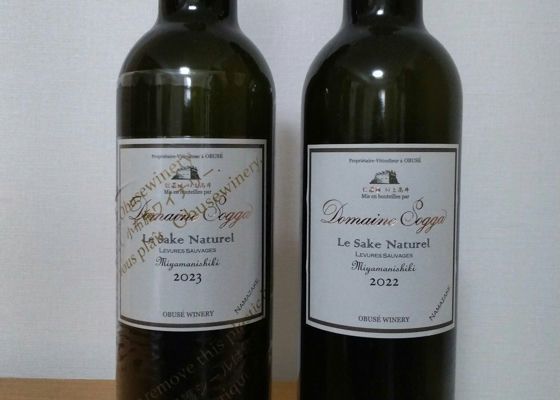Shinshu Kirei戸沢産 ひとごこち

川水流
Last year's heat wave has affected sake rice.
This time, I bought it because of the next terraced rice field.
Ueda had almost no snow.
Sanada is located higher than Ueda.
There is an impact, but it is on the smaller side.
It is a bit thin, but tasty.
I heard that last summer in Ueda was severe, so I am more concerned about the terraced rice paddies.
Japanese>English








